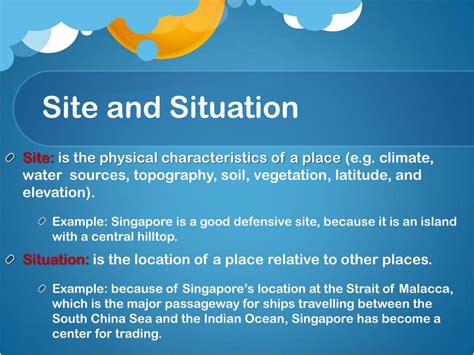Exploring Cultural Landscapes: A Case Study of New York City
The cityscape of New York City is a vibrant tapestry of cultural influences, showcasing the diverse experiences and perspectives of its inhabitants. From the bustling streets of Manhattan to the serene parks of Brooklyn, each neighborhood reveals unique characteristics that contribute to the city’s rich cultural landscape.

Population Density and Urbanization
New York City is the most populous city in the United States, with a population of over 8.8 million people. This high population density has a significant impact on the city’s cultural landscape. The concentration of people fosters a sense of community and diversity, while also creating challenges related to housing, transportation, and public services.

Ethnic Diversity and Immigration
New York City has been a gateway city for immigrants from all over the world. This influx of people has contributed to the city’s cultural diversity, with over 200 languages spoken and a wide range of ethnic cuisines available. Immigrants have also played a vital role in shaping the city’s economy and social fabric.
| Neighborhood | Main Ethnic Groups |
|---|---|
| Chinatown | Chinese |
| Little Italy | Italian |
| Jackson Heights | South Asian, Latin American |
| Crown Heights | Caribbean, African American |
Architectural Heritage and Urban Design
The architectural heritage of New York City spans centuries, from the colonial-era buildings of the Financial District to the Art Deco skyscrapers of Midtown Manhattan. The city’s urban design reflects the evolution of planning and zoning policies, as well as the influence of different architectural styles.
Some notable architectural landmarks include:
- Empire State Building
- Central Park
- Statue of Liberty
- Brooklyn Bridge
Cultural Institutions and Events
New York City is a hub of cultural institutions, including museums, theaters, and art galleries. These institutions offer a wide range of exhibitions, performances, and educational programs, catering to diverse interests and tastes. The city also hosts a variety of cultural events throughout the year, such as:
- New York Film Festival
- Broadway shows
- Comic Con
- Tribeca Film Festival
Challenges to Cultural Preservation
Despite its vibrant cultural landscape, New York City faces challenges related to cultural preservation. Gentrification and urban renewal projects have led to the displacement of some low-income residents and the loss of historic buildings. The city also struggles with issues of cultural appropriation and the need to protect and celebrate the unique identities of different ethnic groups.
Potential Applications for the AP Human Geography Course
The case study of New York City’s cultural landscape provides valuable examples for the AP Human Geography course. Students can explore concepts related to:
- Population density and urbanization
- Ethnic diversity and immigration
- Architectural heritage and urban design
- Cultural institutions and events
- Challenges to cultural preservation
These concepts can be further applied to understand other urban environments around the world, highlighting the importance of cultural diversity and the challenges faced by cities as they evolve and adapt.
Conclusion
New York City’s cultural landscape is a testament to the power of diversity and the transformative impact of human interaction. By examining the city’s population density, ethnic diversity, architectural heritage, cultural institutions, and challenges, we gain insights into the complexities of urban life and the importance of preserving and celebrating cultural heritage.
